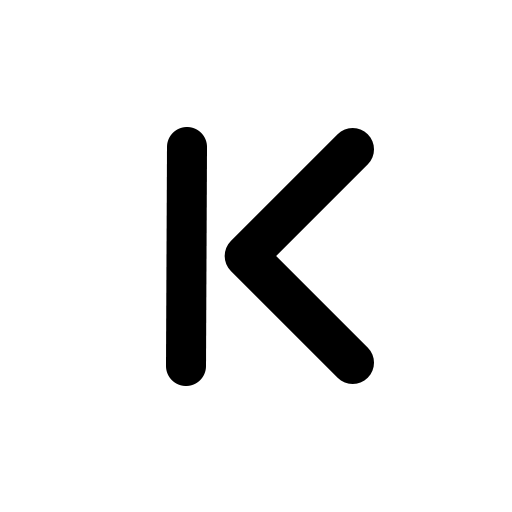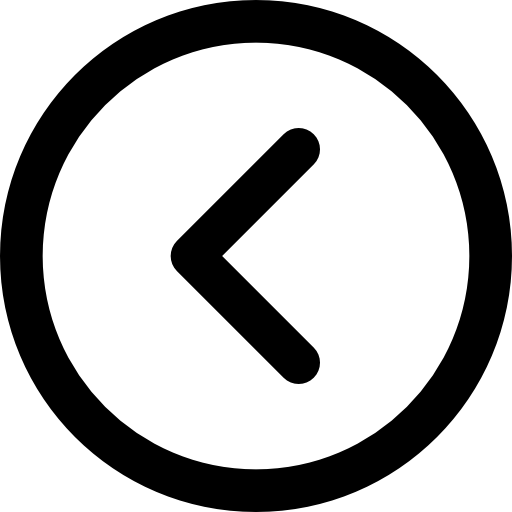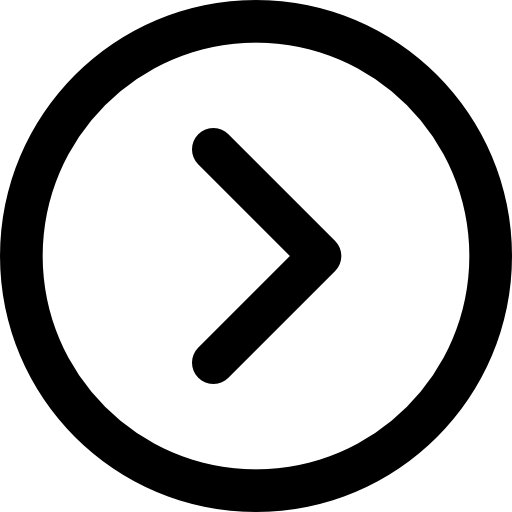Europe timeline
Delegates of the German states offer the imperial crown of a united Germany to Frederick William IV, the king of Prussia, who rejects it

Scottish painter David Roberts completes publication of his 6-volume The Holy Land, Syria, Idumea, Arabia, Egypt & Nubia
In Vienna the younger Johann Strauss succeeds his father as the Waltz King
Pope Pius IX returns to Rome under the protection of French troops, with his enthusiasm for any form of change much reduced.
The Habsburgs recover power in both Austria and Hungary
Expelled from Germany after the year of revolutions, Marx makes his home in tolerant London
Russian novelist Fyodor Dostoevsky undergoes a mock execution, after being sentenced to death for revolutionary activities against tsar Nicholas I
Fyodor Dostoevsky begins four years of hard labour in Siberia for revolutionary activities

Queen Victoria knights her favourite painter of animals, Edwin Landseer
Alfred Tennyson's elegy for a friend, In Memoriam, captures perfectly the Victorian mood of heightened sensibility
British engineer Robert Stephenson completes a box-girder railway bridge over the Menai Strait, between Anglesey and mainland Wales

English cartoonist John Tenniel begins a 50-year career drawing for the satirical magazine Punch
Samson Raphael Hirsch becomes rabbi of a synagogue in Frankfurt, where he develops the theme of neo-Orthodoxy
Thomas Cubitt completes Osborne House, designed as a quiet retreat for Victoria and Albert on the Isle of Wight
Giuseppe Verdi's opera Rigoletto, based on a play by Victor Hugo, is a huge success at its premiere in Venice
English photographer Frederick Scott Archer publishes the details of his collodion process, a marked improvement on the earlier calotype negative

German physicist Hermann von Helmholtz invents the ophthalmoscope, making it possible for a doctor to examine the inside of a patient's eye

English textile magnate Titus Salt begins to build Saltaire as a model industrial village for his workers

Joseph Paxton's Crystal Palace, built in London in six months, is the world's first example of prefabricated architecture
French physicist Léon Foucault demonstrates the rotation of the earth by means of a long pendulum suspended in the Pantheon in Paris
The Great Exhibition attracts six million visitors to London's new Crystal Palace in a period of only six months
Richard Wagner writes an anti-semitic tract, Jewishness in Music
The president of France, Louis Napoleon, stages a coup d'état, rounding up his political opponents during a long December night

Queen Victoria opens the new Houses of Parliament, designed by Charles Barry and Augustus Welby Pugin
Scottish physicist William Thomson formulates the second law of thermodynamics, concerning the transfer of heat within a closed system








